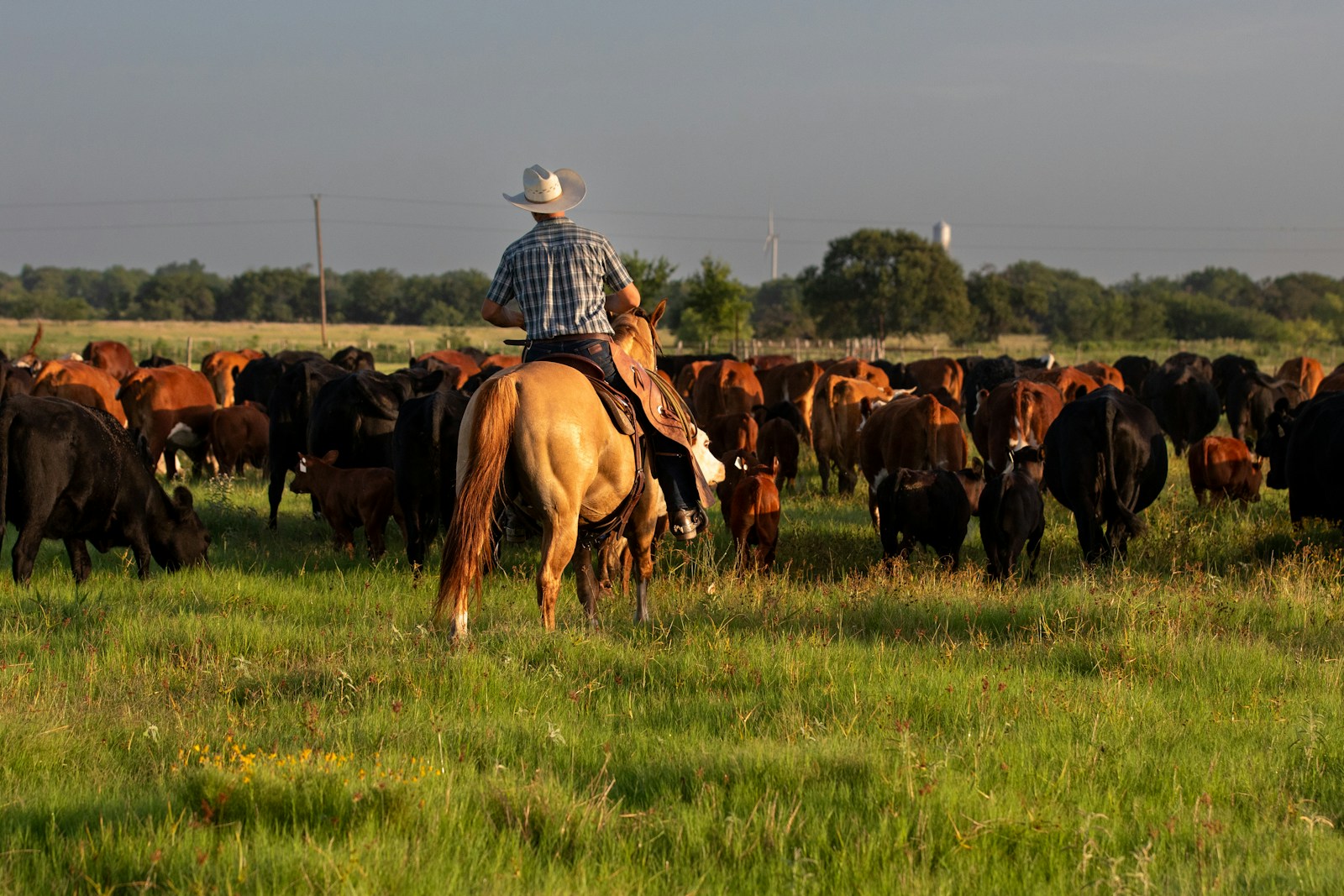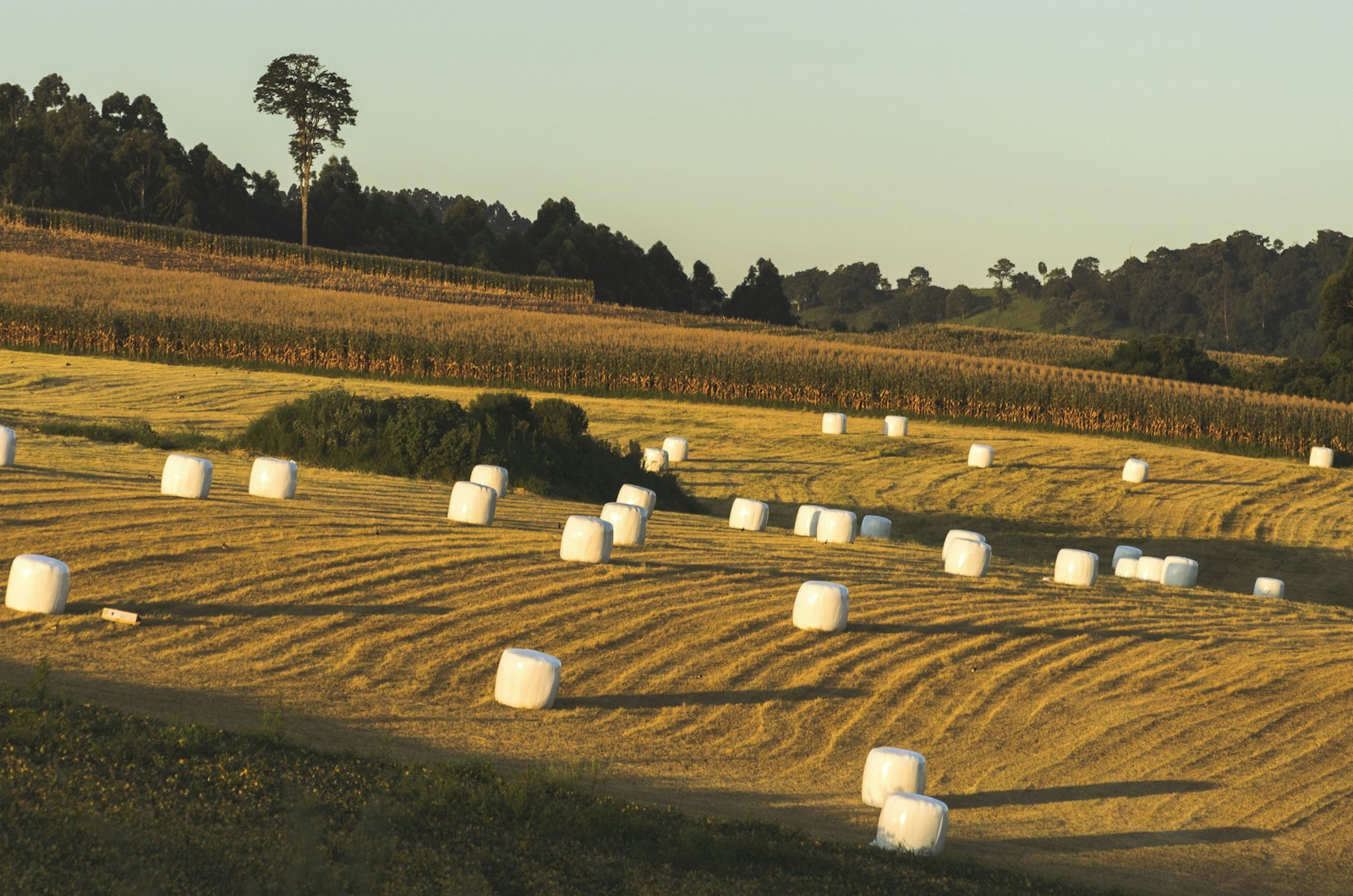By Rory Hale – REALTOR®, CIR Realty, Rural Properties & Acreages near Calgary
The Rush of Fall on the Ranch
As the first hints of frost touch the grass and the leaves turn golden in the foothills northwest of Calgary, ranchers enter one of the busiest and most critical times of the year. Fall isn't a season for slowing down; it's a time for preparation. Every hour of daylight is devoted to ensuring that cattle, land, and families are ready for the long winter ahead.
This story is as old as the foothills of Alberta, a legacy etched into the landscape of rolling fescue grasslands and the vast sky. It is not a tale of crowded feedlots but of quiet, family-run ranches, where the economic heartbeat of the province is measured by the rhythmic hoofbeats of a cow-calf herd.
The Economic Backbone of the Ranch
The story begins with the land itself—millions of acres of native grasslands that are a hallmark of Alberta's landscape. A rancher’s job is to be a steward of this land, using a complex system of rotational grazing to ensure that the pastures remain healthy for generations to come. This commitment to the land is a fundamental aspect of the economic model.
Unlike the high-volume model of a feedlot, a cow-calf operation focuses on nurturing the herd from birth. The economic output comes from the healthy calves, which are sold at market. Although often low-margin, this business is the backbone of Alberta's beef cattle industry. It's estimated that the cow-calf sector contributes billions to the national GDP and supports a vast network of related jobs, ranging from veterinarians to farm equipment dealers.
More Than Just Numbers
The economic impact extends far beyond the sale of cattle. Ranches anchor rural communities, providing local employment and preserving a way of life that attracts new residents and businesses to the area. They are the reason towns have feed stores, auction houses, and community halls that bring people together.
The cultural identity of Alberta is also deeply tied to ranching. The cowboy image, romanticized in film and literature, symbolizes hard work and independence. This culture has a tangible economic impact, fueling a growing agri-tourism sector. People from around the world now pay to experience authentic ranch life, staying in unique accommodations like renovated grain silos and participating in cattle drives. For ranching families, this provides a vital source of supplemental income that helps keep their generational operations viable in a modern economy.
A Legacy for the Future
The story of ranches in Alberta is one of resilience and adaptation. It involves a 56-year-old man in the foothills who understands that the value of his land isn’t just in its boundaries but in the nature that surrounds it and the community it supports. It's about a legacy passed down through families who recognize that to profit from the land, you must first preserve it. The ranches of Alberta are a testament to the powerful economic and cultural impact of an industry that prioritizes stewardship over mere sales.
Bringing the Herd Home
In the fall, one of the most important tasks is bringing cattle back to the home quarters. After grazing through the summer, cows are rounded up, sorted, and brought closer to home pastures, where they can be more easily monitored during the cold months. Calves are separated, with many heading to market, providing essential income to keep the ranch operating another year.
At the stockyards, buyers from across Alberta and beyond gather, connecting local ranchers directly to the global food supply chain. It’s hard work, but it’s also a tradition—one that has followed the same rhythms for generations.
Storing Up for Winter
Feed is crucial when snow covers the grass. Ranchers spend the fall harvesting and storing hay, silage, and greenfeed, stacking bales and filling silage pits. Each bale represents security—a measure of how well the herd will be sustained through storms and chinooks.
Tractors are serviced, corrals repaired, and automatic waterers tested to ensure they function when temperatures plunge below -30°C. Even firewood is cut and stacked for the ranch house because, out here, preparation is survival.
A Community of Work and Heritage
Fall on the ranch isn’t just about cattle and crops — it’s about community. Neighbours often pitch in, helping each other with roundups or lending equipment when breakdowns happen. Families work side by side, with kids riding horses, opening gates, or stacking bales, just as their parents and grandparents did.
This tradition runs deep in Alberta. Ranching is not only a way of life but also a cornerstone of the province’s history and economy. Alberta ranchers contribute billions through beef production, land stewardship, and local employment. Ranch life keeps rural communities strong and preserves the heritage that defines the foothills.
We have History in Alberta
Established in 1890, the Burton family’s Burke Creek Ranch has a rich history that spans more than 135 years and five generations in the rolling foothills of southern Alberta. The story began with 18-year-old Frederick Burton, who came west on the new CPR rail car with just five dollars in his pocket. He decided the land near Claresholm was the place to build his future, and by 1890, he had a homestead with a sod-roof cabin and a small herd of cattle.
Today, the ranch is a dedicated steward of the land, recognized for its regenerative grazing practices and commitment to conservation. Spanning over 12,000 acres, it's a part of Canada's Living Labs Initiative and actively participates in research to quantify carbon sequestration and improve soil health. The ranch’s conservation efforts also support 147 wildlife species, including 29 at-risk species. The Burton family, including the fifth generation of women who are now part of the operation, continues to produce grass-fed, grass-finished beef while safeguarding one of the world's most endangered ecosystems. In 2020, the family was honoured with Alberta's Century Farm and Ranch Award and the 125-Year Farm Recognition Certificate, marking their long legacy of stewardship.
The WineGlass Ranch, located southwest of Cochrane, Alberta, has a history that dates back to 1885 when it was homesteaded by Francis and Elizabeth Towers. The ranch is now a sixth-generation operation, with the Eklund family at the helm. Over the years, the ranch has passed through the female line of the family, with the current operators being Travis and Kara Eklund.
While the ranch has downsized from its original more than 10,000 acres, it remains a significant operation with a herd of around 300 cattle. The family is committed to sustainable practices and has conserved over 1,200 acres of land through an easement with the Southern Alberta Land Trust Society. This conservation effort protects important wildlife habitat and the Jumpingpound Creek, which is a key tributary to the Bow River. The ranch has also won several awards for its environmental stewardship, including the Alberta Environmental Stewardship Award in 2004. The family continues to produce high-quality beef while preserving their land for future generations.
You can learn more about the ranch's history and conservation efforts in this video. WineGlass Ranch
If you’d like to learn more about Alberta ranching life, check out:

Why Ranch Life Still Inspires
For those of us who live rural, there’s something deeply grounding about these seasonal cycles. Watching the cattle come home, smelling fresh-cut hay, and seeing the community come together for fall work reminds us why this life is worth the effort.
Rural living in the Alberta foothills isn’t always easy, but it is deeply rewarding. There’s space, peace, and the satisfaction of being part of something larger than yourself — a legacy of hard work, resilience, and connection to the land.xt...
Your Chance to Live It Too
If you’ve ever dreamed of waking up to mountain views, raising animals, or simply enjoying the space and beauty of rural Alberta, now is the time. Acreages and ranch properties in the foothills offer a chance to step into this lifestyle — whether on a small scale or something bigger.
I’d be happy to help you find your dream property in the Alberta foothills. Contact me today, and let’s make that ranch life dream a reality.


